iPhones discovered in ancient paintings spark theories of time travel
The concept of time travel has long fascinated the human imagination, inspiring countless works of fiction and fueling curiosity about the possibility of traversing through different eras.
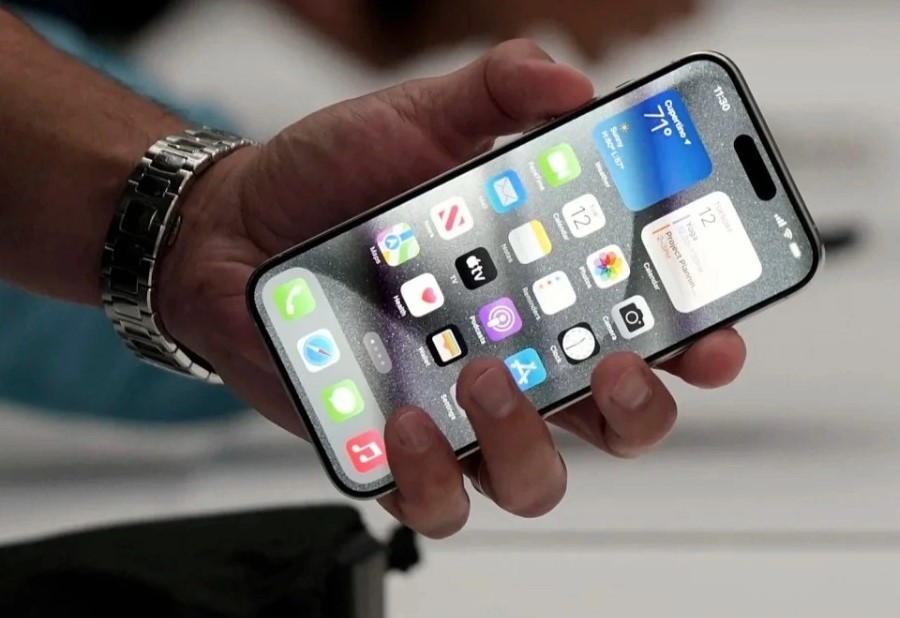
Recently, a peculiar theory has emerged, captivating the internet and art enthusiasts alike: the time travel of iPhones in old paintings.
Pieter de Hooch: "Young Woman with a Letter and a Messenger in an Interior"
A 350-year-old painting by Pieter de Hooch has recently become the center of a spirited discussion surrounding the possibility of time travel.
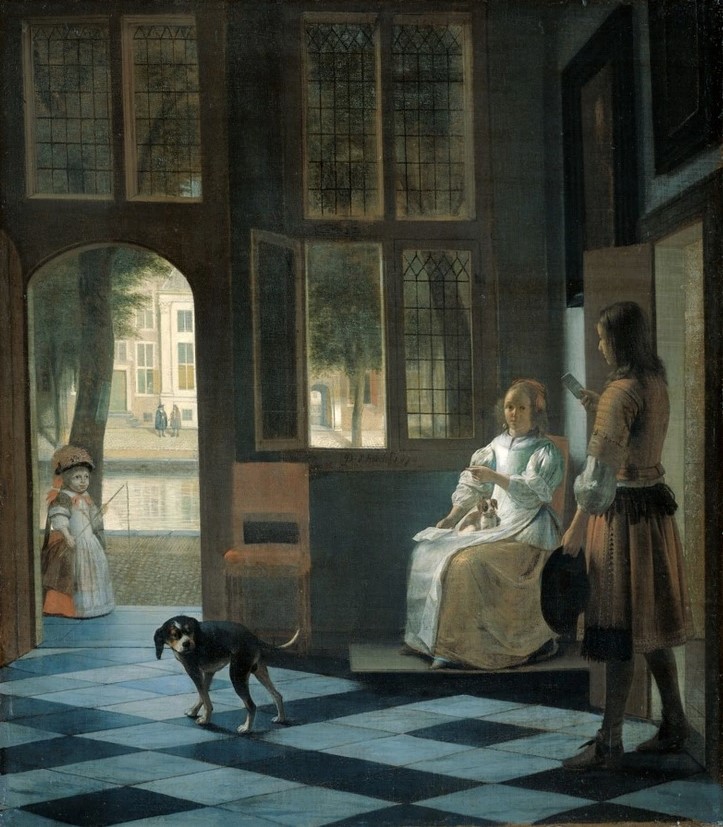
The internet was captivated when Apple CEO Tim Cook mentioned during a press conference that he had noticed a device resembling an iPhone in a piece of artwork during his visit to a museum in Amsterdam back in 2016.
The painting, which dates back to 1670, depicts a scene where a woman is seated in a chair, accompanied by a dog, while a man presents her with a "letter."
While some art enthusiasts argue that the man is simply handing over a rectangular-shaped letter to the woman, others interpret it as a fascinating smartphone, hinting at the existence of time travel.
Mr. Cook conveyed his surprise and skepticism regarding the creation of the iPhone. "I always thought I knew when the iPhone was invented, but now I'm not so sure anymore," he said.
Presenting a snapshot to the crowd with pride, he insisted, "It's tough to see, but I swear it's there."
Ferdinand Georg Waldmüller: Waldmüller Die Erwartete
"Waldmüller Die Erwartete" by Ferdinand Georg Waldmüller was created by the Austrian artist in the 19th century.
The painting portrays a young girl who appears to be engrossed in an object resembling a smartphone, while a man kneels in the foreground, presenting her with a flower.
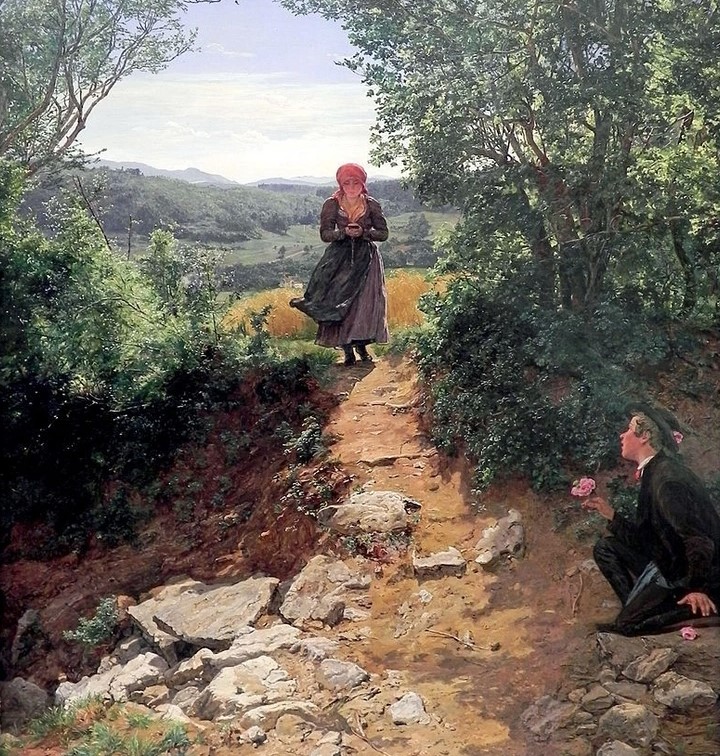
This depiction has sparked discussions and speculation about the possibility of anachronistic elements and the existence of time travel.
It originally gained fame on the internet in 2017 when displayed at the Neue Pinakothek Museum in Munich, the image sparked humorous remarks suggesting that the woman's apparent disinterest in the man was due to her being engrossed in swiping on Tinder.
However, a closer examination of the painting reveals a different narrative, dispelling the notion of time travel embedded in popular online theories. The true meaning behind the artwork offers a more profound and symbolic interpretation.
According to information provided by the gallery itself, the woman's intense focus is directed towards her hymn book, signifying her deep devotion to God and transcending earthly desires.
Ben Nicholson: 1937 (painting)
The mural at the Springfield Main Post Office, painted in 1937, offers a historical depiction of the arrival of settlers to Springfield in the 1620s.
However, amidst the chaotic scene, a peculiar detail has captured the attention of observers.
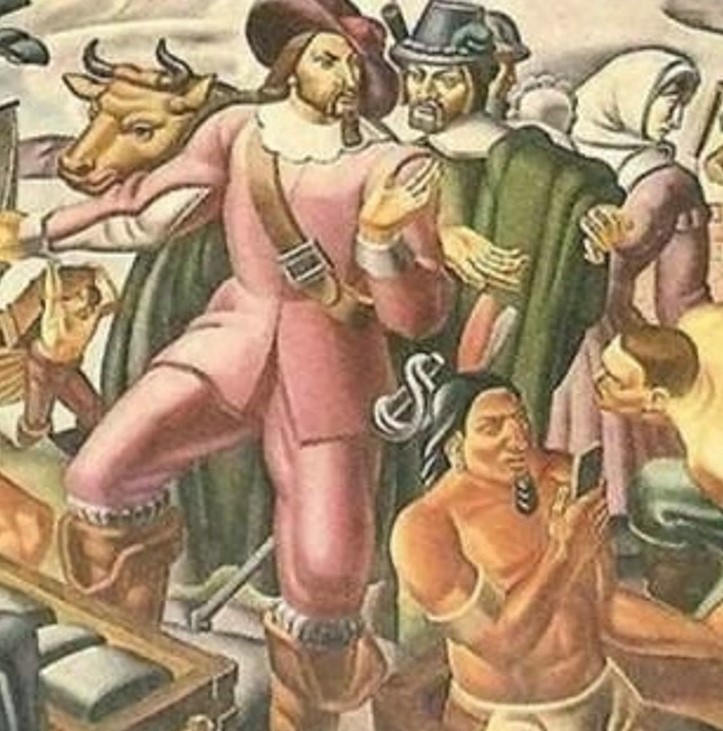
Among the Native Americans engaging in trade with William Pynchon, one figure seems to be fixated on a modern object that bears a striking resemblance to a smartphone.
The presence of an object resembling a smartphone in a mural created decades before the advent of such technology has sparked curiosity and speculation.
Some have proposed that this finding could be evidence of time travel or anachronistic elements in historical artwork. They suggest that the artist may have had access to advanced knowledge or technology that allowed them to depict a device similar to a smartphone.
R. Josey and James Archer: The Betrothal of Robert Burns and Highland Mary engraving, 1886
The engraving of the "Betrothal of Robert Burns and Highland Mary" by R. Josey and James Archer, created in 1886, indeed predates the invention of modern smartphones by 125 years.
The object Robert Burns is depicted holding in the engraving is more likely a religious book, symbolizing a tradition associated with exchanging Bibles during moments of love and commitment.
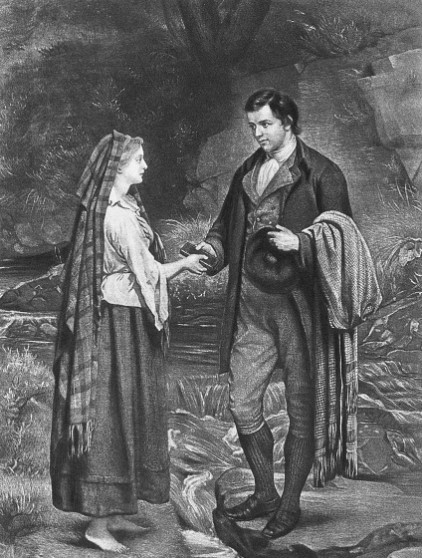
The tradition of exchanging Bibles or religious books across a running stream during important moments of betrothal or marriage has historical roots in various cultures.
It represents a solemn commitment and the seeking of divine blessings for the union. The engraving, therefore, aligns with this tradition and portrays Burns and Mary engaging in a symbolic act of devotion and commitment, rather than depicting an anachronistic smartphone-like object.






